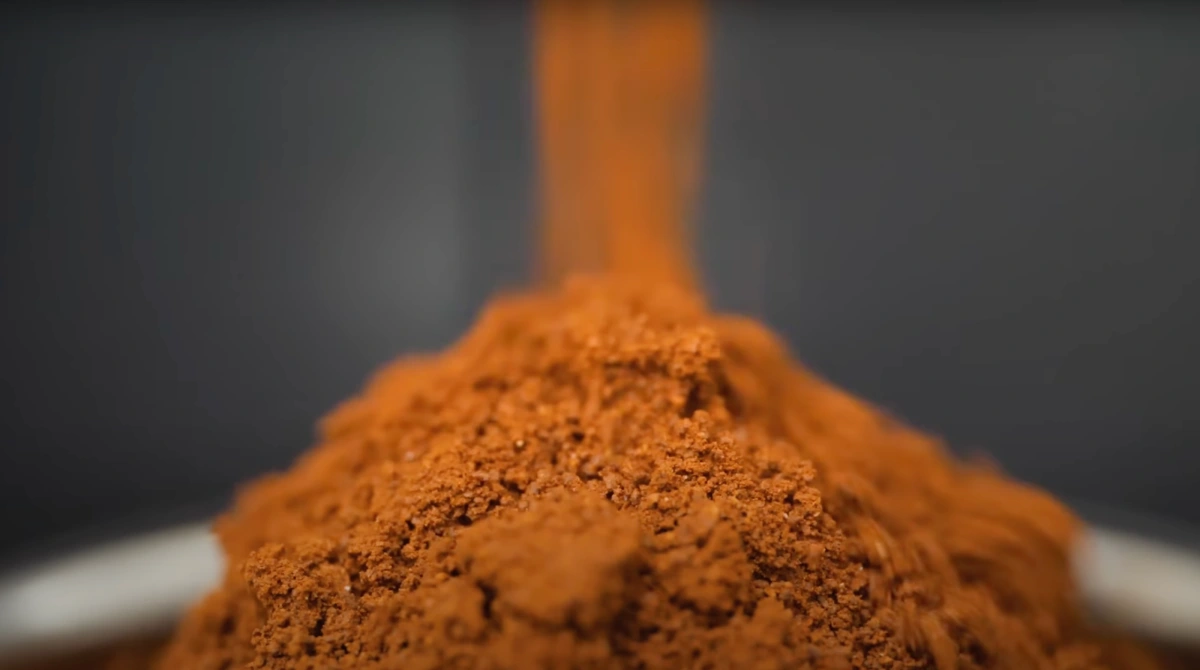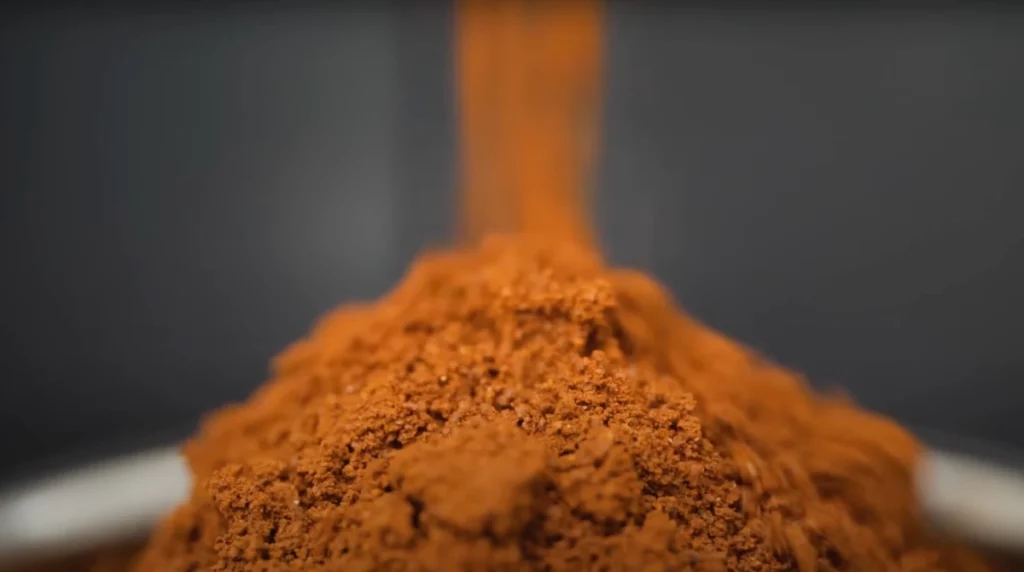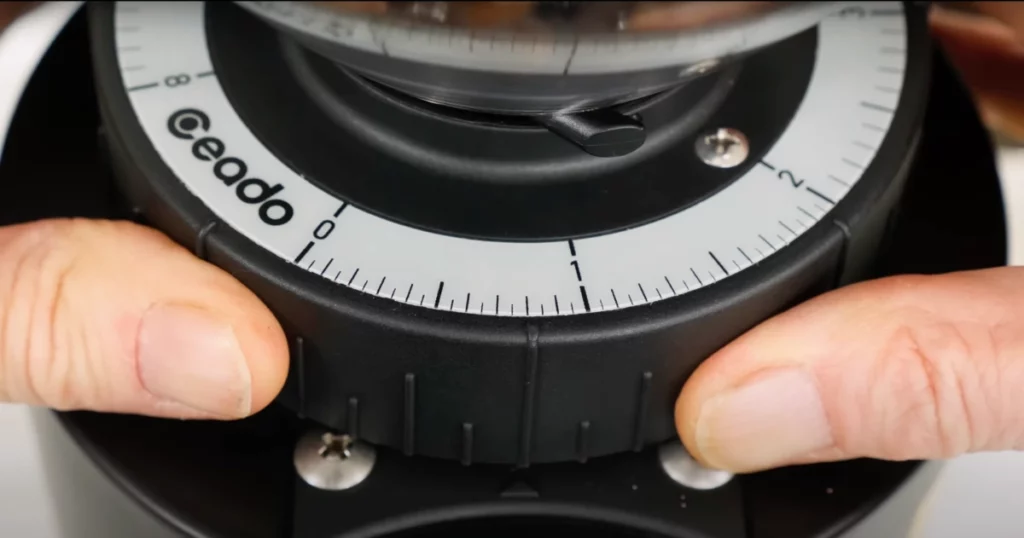A high-quality grinder is the cornerstone of any good coffee making setup. Without uniform grind quality, even the best brewing gear falls short. The grind dictates extraction, flavor, and ultimately, your coffee’s complexity and body.
Choosing the perfect coffee grinder can be a daunting task, especially in a market flooded with brands, models and options at varying price points. The challenge isn’t just in choosing a grinder, but in knowing what features are non-negotiable, what to steer clear of, and how to get the most bang for your buck.
In our comprehensive guide on how to choose a coffee grinder, we demystify the process, offering you a roadmap to selecting the perfect grinder for your needs. We delve into key considerations, features to look for, pitfalls to avoid, and even throw in some pro tips to elevate your coffee game. Your journey to a flawless cup of coffee starts here.
Key Takeaways
- Determine your budget to narrow down grinder options
- Choose between electric and manual grinders based on your preference
- Identify your coffee type to select a grinder that performs best with your desired brewing method
Initial Advice – Avoiding Blade Grinders
First and foremost, we strongly advise against using blade grinders for your coffee. Blade grinders are a no-go for several reasons:
- Inconsistent Grind: Blade grinders chop your beans, resulting in uneven particle sizes. This inconsistency leads to uneven extraction, muddling your coffee’s flavor profile.
- Heat Generation: The fast-spinning blades generate heat, which can scorch your coffee beans, introducing a burnt taste.
- Lack of Control: Blade grinders offer no grind size adjustment. Whether you’re brewing espresso or French press, you’re stuck with whatever the grinder gives you.
- Oxidation Risk: The high-speed blades whip plenty of air into the grind, speeding up oxidation and reducing the freshness of your coffee.
- Particle Fines: Blade grinders produce a lot of ‘fines’ or overly fine particles, which over-extract during brewing, making your coffee bitter.
Here at Coffeeble, we prefer cone burrs, flat burrs, and even hybrid types. We may experiment with roller mills in the future, but for now, we say no to blades.
If you are considering buying a blade grinder, we suggest going for a burr grinder instead. Cone burrs are generally more affordable, but flat burrs are also a better alternative. Burr grinders offer better particle consistency compared to blade grinders, which mostly rely on chance.
Related: What is a burr grinder?
What Is Your Budget?
Determining the perfect coffee grinder for our needs starts with analyzing our budget. We can divide budgets into four categories:
- Low Budget: Up to $300 – These grinders are for those who want the best value for their money.
- Mid-tier: $300 to $700 – These grinders cater to people who are ready to invest in better equipment and are more passionate about coffee brewing.
- High-tier: $700 to $1000 – This range includes high-quality grinders for individuals who are enthusiastic about coffee and willing to spend a significant amount on their passion.
- Luxury: Over $1000 – These grinders are for those who crave the ultimate experience and are willing to invest in top-notch equipment that will last them a long time.
Economy Class
Economic Class grinders are the most budget-friendly options, ranging up to approximately $300. These grinders are perfect for those who want a reliable, but affordable option to get started in the world of coffee grinding.
There are some fantastic grinders in this price range that for many people will serve as a grinder for life. These include the Encore ESP by Baratza and the Fellow Opus.
Mid-Tier Class
Mid-Tier class grinders range from $300 to $700 in price. These grinders are for those who are ready to invest a bit more in their coffee gear, expecting long-lasting and more advanced equipment for their brewing experience. Many people that started with an economy grinder will upgrade to this price range at some point in the future.
Some great options in this price range are the Turin DF83 and the DF64.
High Budget Class
High Budget Class grinders span from $700 to $1,000 in price. These grinders are designed for those who have a strong passion for coffee and are willing to spend a considerable amount to get high-quality equipment. People who invest in this class of grinders may appreciate finer aspects of their coffee brewing, just like audiophiles or golfers spend on their respective hobbies.
Luxury Class
Luxury class grinders exceed $1,000, sometimes reaching up to several thousand dollars. These are often referred to as prosumer coffee grinders as they are good enough for professionals, but often get used in a consumer setting.
These grinders are for those with bigger budgets and for serious coffee nerds who like to geek out on particle size and flavor profiles.
Electric vs Manual Grinders
There are a few factors to consider when choosing between electric and manual grinders:
- Budget: In general, you can get a higher quality manual grinder at the same price as an electric grinder. This is because electric grinders have additional components, such as motors and drivetrains, which can drive up the cost. Meanwhile, manual grinders require less complex parts and often have higher quality materials at the same price point.
- Longevity: Manual grinders tend to have fewer failure points, due to their simpler construction. Electric grinders, especially lower-end models, may have parts that can wear down or fail over time. With fewer moving parts, manual grinders can be more durable, providing a longer-lasting option.
- Grind Quality: In most cases, a similarly priced manual grinder will produce a higher quality grind compared to an electric grinder. This is because manual grinders can allocate more resources towards solid construction and precise parts, optimizing the grind consistency.
- Portability and Space: Manual grinders are often smaller and more portable than electric grinders. This means you can easily store them or take them with you when traveling. If space is a concern, a manual grinder may be a better choice.
- Coffee Preferences: Your choice of grinder may also depend on the type of coffee you typically make. For example, some grinders excel at producing grinds for filter coffee, while others are better suited for espresso. Knowing your coffee preferences will help narrow down the options.
Ultimately, the choice between electric and manual grinders will depend on your personal preferences, budget, and needs. While manual grinders do take some work, to grind a single shot takes less than a minute.
Some people might love the convenience of an electric grinder, while others might enjoy the hands-on experience of manual grinding. Consider these factors and choose the one that best suits your lifestyle and coffee habits.
For hand grinders, 1zpresso make some of the best.
Preferences in Coffee Type
Now, it’s important to consider how you enjoy your coffee. Is it all filter, all espresso, or a combination of both? Do you use a drip coffee maker, an espresso machine or a French press every day? Do you change it up regularly or do you always stick to the same style?
Your preference will dictate the type of grinder you should seek, as some grinders excel in filter coffee, while others are better suited for espresso. Some grinders are all rounders and can do both filter and espresso well.
Aesthetics, Workflow, and Sound
Another important consideration when choosing a coffee grinder is the aesthetics and the workflow. We must choose a grinder that not only performs well but also fits our personal style and adds to the overall experience of brewing our coffee. Additionally, prioritizing a grinder with a pleasant sound or minimal noise can make all the difference in our daily brewing routine.
Here’s some of the things to consider:
Space Requirements
When choosing a coffee grinder, consider the amount of space available for the grinder. Manual grinders tend to be more compact and portable, while electric grinders may require more space. Some grinders have big footprints while others fit nicely into snug, compact spaces.
Noise Tolerance
Some grinders an be quite noisy, especially electric ones like the Baratza Sette. Consider your noise tolerance and the preferences of those around you when selecting a grinder. Those who prefer quieter grinding might opt for manual grinders or an electric grinder that is built with sound in mind such as the Eureka Silenzio.
Beans Storage Preference
Think about your preferred method of storing coffee beans. Some grinders have built-in bean storage, while others require a separate bean container. Be sure to consider the storage needs of your chosen grinder to ensure it suits your preferences.
Preferences in Adjustment Dial
The way your grinder adjusts the grind size can make a difference in the brewing process. Finer adjustments tend to be better for dialing in espresso. Some grinders have simple dials with limited settings, while others offer finer, more precise adjustments.
Design Aesthetic
Grinders come in a variety of styles, from sleek and modern to vintage and classic designs. Some might prioritize the appearance of their grinder to match their kitchen or brewing setup. Choose a coffee grinder that aligns with your design preferences.
Happy Grinding
In the quest for the perfect cup of coffee, the grinder you choose sets the stage for what’s to come. It’s not just about turning beans into grounds; it’s about unlocking the full spectrum of flavors and aromas that coffee has to offer.
From the budget-conscious to the luxury-seeker, from the espresso lover to the French press enthusiast, there’s a grinder out there tailored to your needs. The key is understanding what matters most to you—be it grind consistency, durability, or the sheer joy of dialing in that perfect shot.
What do you think is the best burr grinder? Is there anything else you take into account when shopping for a new grinder? Let us know in the comments below. Happy grinding.

Coffee expert and industry insider, I’ve dedicated years to mastering the art and science of coffee making. From scrutinizing particle fineness to evaluating burr shapes, I delve into the minutiae that elevate coffee from good to exceptional. Whether it’s a complex pour-over or a robust espresso, my insights cater to those who don’t just drink coffee, but experience it.




